Thin Web binding API to access timeseries data.
The Sensor Web Server Helgoland is a REST API provides an access layer to sensor data via RESTful Web binding with different output formats like json, pdf or png. It provides a well defined Sevice Provider Interface (SPI) which can be implemented by arbitrary backend services to make data available via the API
The Sensor Web Server Helgoland provides a thin access layer to sensor and observation data via RESTful Web binding. In addition, it offers several IO functionalities e.g.
- prerendering of series data,
- generalization,
- overlaying of data from multiple series
- conversion of raw data to other formats like pdf and png
Output formats for stationary, mobile, insitu and remote sensors are available, each filterable by metadata parameters. This enables clients to access the data via different approaches, e.g. to filter all series by phenomena first or by a special procedure.
Next to the Web API, a Service Provider Interface (SPI) defines the underlying interface for data providing backends. With this, the API is flexible enough to be put ontop of arbitrary data stores. Its modular design enables a seamless integration into existing Web applications.
The following main frameworks are used to provide this API:
- Sensor Web Server Adapters: Allows to aggregate multiple OGC SOS instances under one API
- Direct database access: Allows to define Hibernate mappings to serve data directly from a database
- Fotoquest database access: tbd
- DWD Weather Alerts: tbd
- The SOS proxy demo provides an SPI implementation which accesses data from multiple Sensor Observation Services (OGC SOS).
- The Web application integration demo gives an integration demo which directly accesses the data from a database.
- The 52°North Helgoland Web Client consumes one or multiple instances of the Sensor Web Server Helgoland API. A demo can be found under the http://sensorweb.demo.52north.org/client/#/
The client is published under the GNU General Public License v2 (GPLv2).
- https://github.com/52North/sensorweb-server-helgoland/blob/develop/CHANGELOG.md
- for detailed infos check https://github.com/52North/sensorweb-server-helgoland/pulls?q=is%3Apr+is%3Aclosed
We try to follow the GitFlow model, although we do not see it that strict.
However, make sure to do pull requests for features, hotfixes, etc. by making use of GitFlow. Altlassian provides [a good overview] (https://www.atlassian.com/de/git/workflows#!workflow-gitflow). of the most common workflows.
Henning Bredel (h.bredel@52north.org)
The Web API documentation gives a detailed overview on how to access the data provided by the API. Available I/O functions are described there, too, like generelization, chart rendering/overlay, etc.
The API documentation is in the 52°North wiki:
https://wiki.52north.org/bin/view/SensorWeb/SensorWebClientRESTInterface
How to provide a custom SPI implementation is beyond this section. See (...TBD...) to get detailed information on this.
In file WEB-INF/classes/config-general.json add
"generalizer": {
"defaultGeneralizer": "lttb",
"noDataGapThreshold": 5
}
The parameters are described on the official Web API documentation.
Prerendering is supported for measurement data.
Prerendering configuration is a task which can be run regularly by a scheduler. Configuration is done as a
PreRenderingJob bean. Checkout WEB-INF/spring/spi-impl-dao_tasks.xml how to set up a prerendering
job. The actual rendering configuration for each dataset/phenomenon can be referenced within the job bean.
Rendering configuration tells how to render the actual dataset information. It comprises a phenomenonStyles
section (valid for a set of dataset for a given phenomenon) and a datasetStyles section (which actually
overrides a phenomenon style of a specific dataset) Each section can override parameters made in the generalConfig.
Only those datasets are prerendered having a match either in phenomenonStyles or datasetStyles.
In file WEB-INF/spring/config-general.json you can set timeformat Parameter. Please checkout the
Java SimpleDateFormat rules how the
format has to look like.
TBD
TBD
TBD
The development of the 52°North Sensor Web Server Helgoland REST-API implementation was supported by several organizations and projects. Among other we would like to thank the following organisations and project
| Project/Logo | Description |
|---|---|
 |
The development of this version of the 52°North Sensor Web Server Helgoland API was supported by the European Union’s Horizon 2020 research project Cos4Cloud (co-funded by the European Commission under the grant agreement n°863463) |
  |
The development of this version of the 52°North Sensor Web Server Helgoland API was supported by the German Federal Ministry of Education and Research research project TaMIS (co-funded by the German Federal Ministry of Education and Research, programme Geotechnologien, under grant agreement no. 03G0854[A-D]) |
 |
The development of this version of the 52°North Sensor Web Server Helgoland API was supported by the European Union’s Horizon 2020 research project JERICO-S3 (co-funded by the European Commission under the grant agreement n°871153) |
 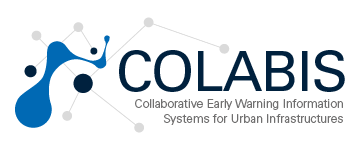 |
The development of this version of the 52°North Sensor Web Server Helgoland API was supported by the German Federal Ministry of Education and Research research project COLABIS (co-funded by the German Federal Ministry of Education and Research, programme Geotechnologien, under grant agreement no. 03G0852A) |
 |
The development of this version of the 52°North Sensor Web Server Helgoland API was supported by the European FP7 research project NeXOS (co-funded by the European Commission under the grant agreement n°614102) |
 |
The development of this version of the 52°North Sensor Web Server Helgoland API was supported by the European FP7 research project FixO3 (co-funded by the European Commission under the grant agreement n°312463) |
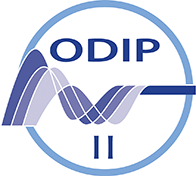 |
The development of this version of the 52°North Sensor Web Server Helgoland API was supported by the Horizon 2020 research project ODIP II (co-funded by the European Commission under the grant agreement n°654310) |
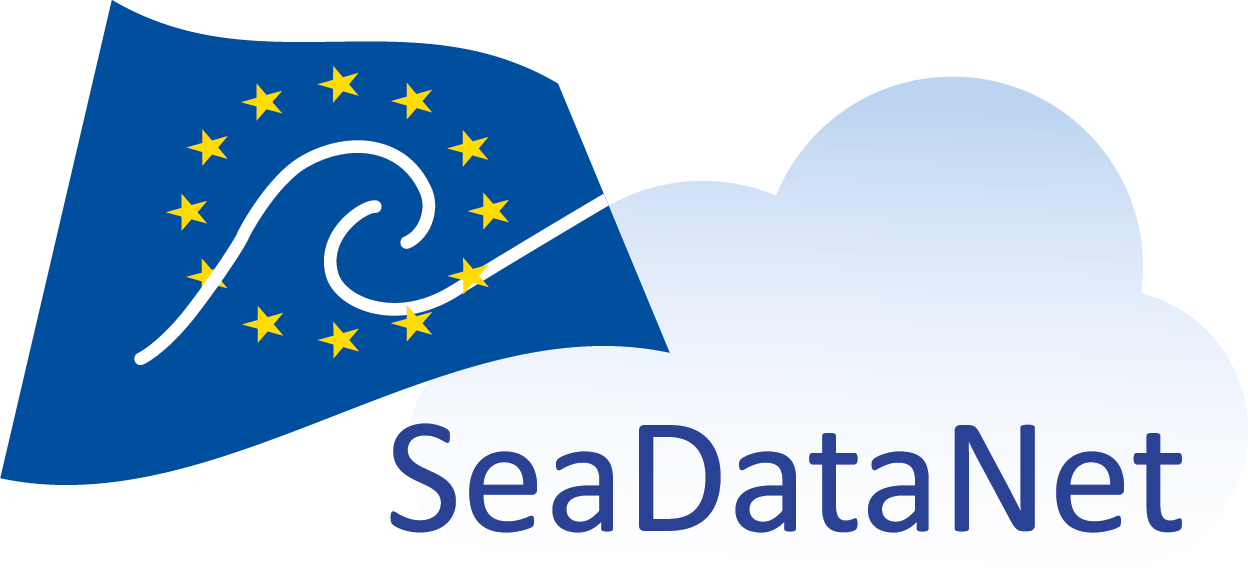 |
The development of this version of the 52°North Sensor Web Server Helgoland API was supported by the Horizon 2020 research project SeaDataCloud (co-funded by the European Commission under the grant agreement n°730960) |
 |
The Wupperverband for water, humans and the environment (Germany) |
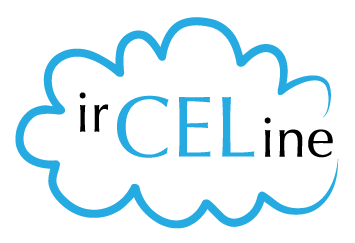 |
The Belgian Interregional Environment Agency (IRCEL - CELINE) is active in the domain of air quality (modelling, forecasts, informing the public on the state of their air quality, e-reporting to the EU under the air quality directives, participating in scientific research on air quality, etc.). IRCEL — CELINE is a permanent cooperation between three regional environment agencies: Agence wallonne de l'Air et du Climat (AWAC), Bruxelles Environnement - Leefmilieu Brussel and Vlaamse Milieumaatschappij (VMM). |
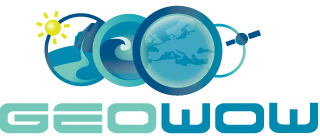 |
The development of this version of the 52°North Sensor Web Server Helgoland API was supported by the European FP7 research project GEOWOW (co-funded by the European Commission under the grant agreement n°282915) |




